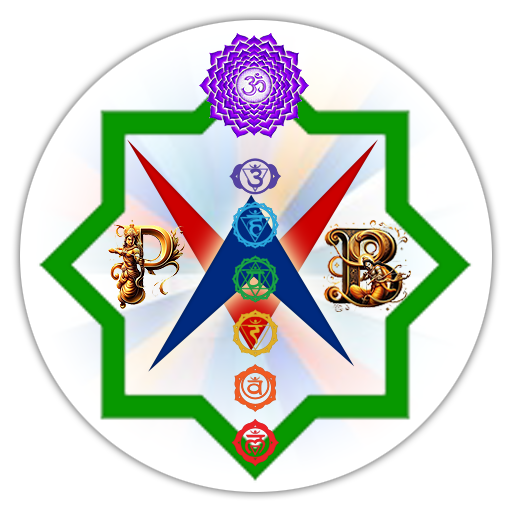శ్రీ మదగ్ని మహాపురాణము - 246 / Agni Maha Purana - 246
- Prasad Bharadwaj
- Jul 16, 2023
- 2 min read

🌹. శ్రీ మదగ్ని మహాపురాణము - 246 / Agni Maha Purana - 246 🌹
✍️. పుల్లెల శ్రీరామచంద్రుడు, 📚. ప్రసాద్ భరద్వాజ
శ్రీ గణేశాయ నమః ఓం నమో భగవతే వాసుదేవాయ.
ప్రథమ సంపుటము, అధ్యాయము - 74
🌻. శివ పూజా విధి వర్ణనము - 2 🌻
పిమ్మట శరీరమునందు రంధ్రములను (శూన్యమును) భావించి, క్రమముగ పంచభూతశోధనము చేయవలెను. ముందుగ పాదముల అంగుష్ఠములను పైనుండియు, లోపలినుండియు ఛిద్రమయముగ భావనచేయవలనెను. పిదప కుండలినీ శక్తిని మూలాధారమునుండి లేపి, హృదయకమలముతో చేర్చి, ''హృదయరంధ్రమునందున్న, అగ్నితుల్యతేజఃశాలి యగు 'హూం' బీజమునందు కుండలినీశక్తి విరాజిల్లుచున్నది'' అని భావనచేయవలెను. కుంభక ప్రాణాయామము చేసి, రేచకముచేసిన పిమ్మట, 'హుం ఫట్' అని ఉచ్చరించుచు క్రమముగ ఉత్తరోత్తర చక్రములను భేదనము చేయుచు, కుండలిని హృదయ - కంఠ - తాలు - భ్రూమధ్య - బ్రహ్మరంధ్రములకు చేర్చి ఆచట స్థాపించవలెను. ఈ గ్రంథులను భేదించి, కుండలినితో, హృదయ కమలమునుండి బ్రహ్మరంధ్రమునుండి వచ్చిన 'హూం' బీజరూపజీవుని అచటనే బ్రహ్మరంధ్రమునందు లేదా సహస్రారము నందు స్థాపించవలెను. హృదయమునందున్న 'హూం' బీజముతో సంపుటీకరించిన జీవునిలో, పూరక ప్రాణాయామము ద్వారా చైతన్యము జాగృతము చేయబడును. శిఖకు పైన 'హూం' న్యాసము చేసి శుద్ధబిందురూప జీవుని భావించవలెను. పిమ్మట కుంభకముచేసి ఏకమాత్ర చైతన్యరూపు డగు జీవుని శివునితో కలిపివేయవలెను.
ఈ విధముగ శివునిలో లీనుడైన సాధకుడు సబీజరేచక ప్రాణాయామముతో శరీరమునందలి భూతముల శోధనము చేయవలెను. శరీరమునందు పాదములనుండి బిందువువరకును ఉన్న అన్ని తత్త్వములను విలోమక్రమమున చింతనచేయవలెను. బిందురూపజీవుని బింద్వంతమునందు లీనము చేసి పృథ్వీవాయువులను ఒకదానిని మరొకదానిలో లీనము చేయవలెను. అగ్ని - జలములను కూడ ఒక దానిలో ఒకటి విలీనము చేయవలెను. ఈ విధముగ పరస్పర విరోధముగల రెండు భూతములను ఒకదానిలో ఒకటి లీనము చేయవలెను. ఆకాశమునకు దేనితోడను విరోధము లేదు.
సశేషం....
🌹 🌹 🌹 🌹 🌹
🌹 Agni Maha Purana - 246 🌹
✍️ N. Gangadharan 📚. Prasad Bharadwaj
Chapter 74
🌻 Mode of worshipping Śiva (śivapūjā) - 2 🌻
10-11. One who is desirous of enjoying the fruits of action should meditate upon his soul in the twelve-petalled lotus in the heart by means of showing pāṇikacchapikā (a particular way of showing the fingers)[1]. As an alternative one should purify the five elements by meditating upon the apertures in the body from the toes of the feet upwards both inside and outside.
12. One who meditates should control his breath and meditate on the energy which pervades the region of the heart, in the letter hum which resembles the fire and which is situated at the centre of the aperture.
13. The breath should then be let out and the fiery image should be led through the heart, neck, palate, the intervening space between the two eye-brows and the seat of the soul in the head (brahmarandhra), with the ending (syllable) phaṭ.
14. Having broken the knots, the life syllable huṃ should be located on the head and the consciousness should be reflected back in the heart by means of the pūraka (filling with air drawn through the nostril).
15. Having placed (the syllable) huṃ on the tuft, one should meditate upon the absolute soul of the form of a speck. Having withheld the breath at a single stretch, one should unite the consciousness with Śambhu (Śiva).
16. After having merged himself with Śiva, by means of drawing his consciousness with the aid of bījamantras and the recaka (exhalation of the breath), (the worshipper) should purify by carrying in the reverse order the luminous point (in the brain) to the point in (the nerve-complex).
Continues....
🌹 🌹 🌹 🌹 🌹




Comments